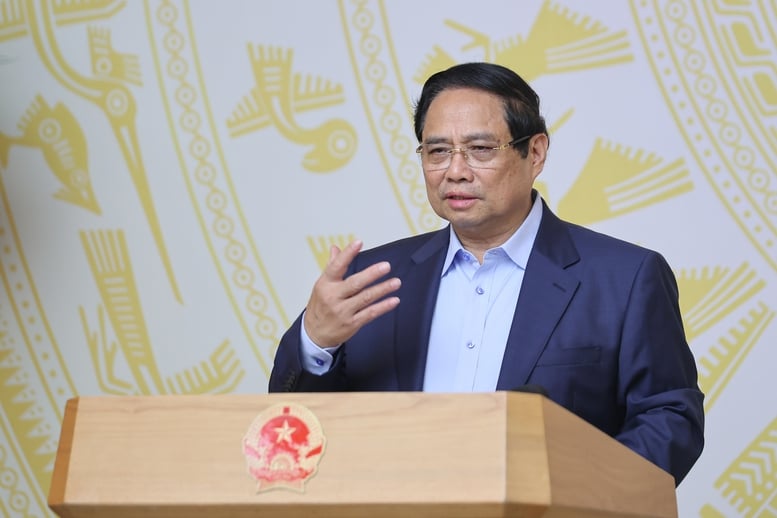
Prime Minister Pham Minh Chinh presides over the second meeting of the National Steering Committee on Semiconductor Industry Development - Photo: Nhat Bac
On the morning of August 4th, Prime Minister Pham Minh Chinh, Head of the National Steering Committee on Semiconductor Industry Development, chaired the second meeting of the Steering Committee to assess the implementation of the Committee's conclusions from the first meeting and to set out tasks to promote the development of the semiconductor industry in the coming period.
The meeting was held in person at the Government Headquarters, and online with connection points in several provinces, cities, universities, academies, and high-tech zones. Attending the meeting were Deputy Prime Minister Nguyen Chi Dung, Deputy Head of the Steering Committee; Minister of Science and Technology Nguyen Manh Hung; Minister of Justice Nguyen Hai Ninh; leaders of central ministries and agencies; leaders of several provinces and cities; leaders of universities, academies, high-tech zones, and technology corporations.
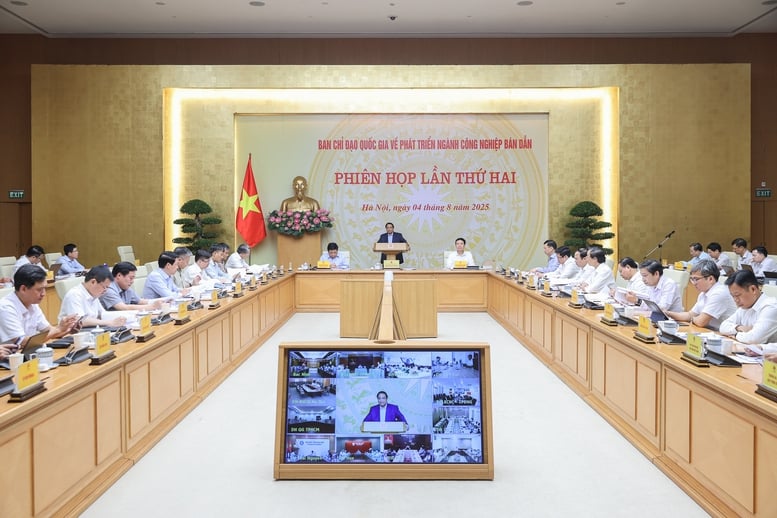
The Prime Minister emphasized that "the whole country must be one army" with the spirit of accelerating, breaking through, making breakthroughs, catching up, moving forward, and surpassing to develop the industrial sector, including the goal of designing, manufacturing, and testing some necessary semiconductor chips by 2027 at the latest - Photo: Nhat Bac
Reports and opinions at the meeting assessed that the 4th industrial revolution is taking place strongly, with remarkable breakthroughs in strategic technology fields, especially semiconductors and artificial intelligence. The global semiconductor industry is growing strongly and restructuring deeply, including both technology and supply chains. However, this industry is also facing the risk of supply chain disruption due to geostrategic competition between major powers.
Meanwhile, Vietnam is entering a period of strategic economic restructuring, shifting from a growth model based mainly on cheap labor, processing, assembly and resource exploitation to a new growth model, taking science, technology, innovation and digital transformation as key driving forces.
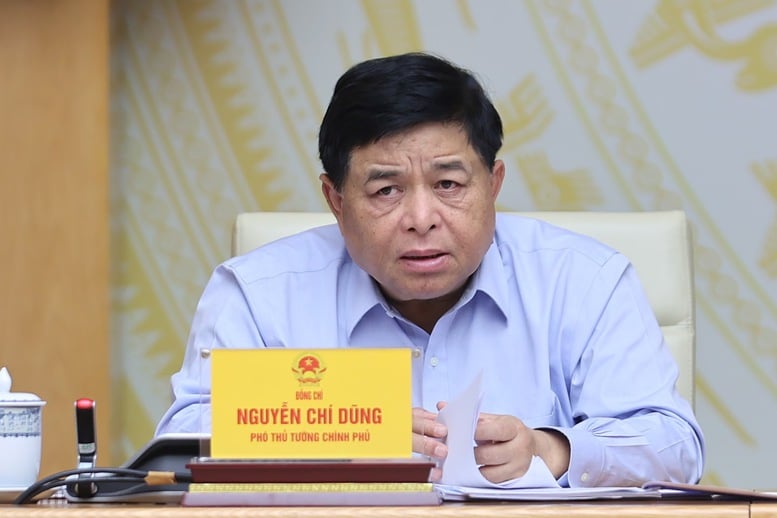
Deputy Prime Minister Nguyen Chi Dung attends the session - Photo: Nhat Bac
Regarding leadership, direction and administration, the Party and State have had many strategic policies and guidelines to facilitate investment and development of the semiconductor industry such as: Resolution No. 52-NQ/TW dated September 27, 2019 of the Politburo on a number of policies and guidelines to proactively participate in the Fourth Industrial Revolution; Resolution 57-NQ/TW dated December 22, 2024 of the Politburo on breakthroughs in science, technology, innovation and national digital transformation; Resolution 193/2025/QH15 dated February 19, 2025 of the National Assembly on piloting special mechanisms and policies to create breakthroughs in science, technology, innovation and national digital transformation development, etc.
The Government and the Prime Minister have issued decisions and directives on the development of the semiconductor industry such as: Resolution No. 71/NQ-CP dated April 1, 2025 of the Government on the Government's Action Program to implement Resolution No. 57-NQ/TW dated December 22, 2024 of the Politburo; Decision No. 1017/QD-TTg dated September 21, 2024 approving the Program for Human Resource Development in the Semiconductor Industry to 2030, with a vision to 2050; Decision No. 1018/QD-TTg dated September 21, 2024 promulgating the Strategy for the Development of Vietnam's Semiconductor Industry to 2030, with a vision to 2050; Prime Minister's Directive No. 43/CT-TTg dated December 4, 2024, on promoting human resource training for the semiconductor industry and some core digital technology sectors.
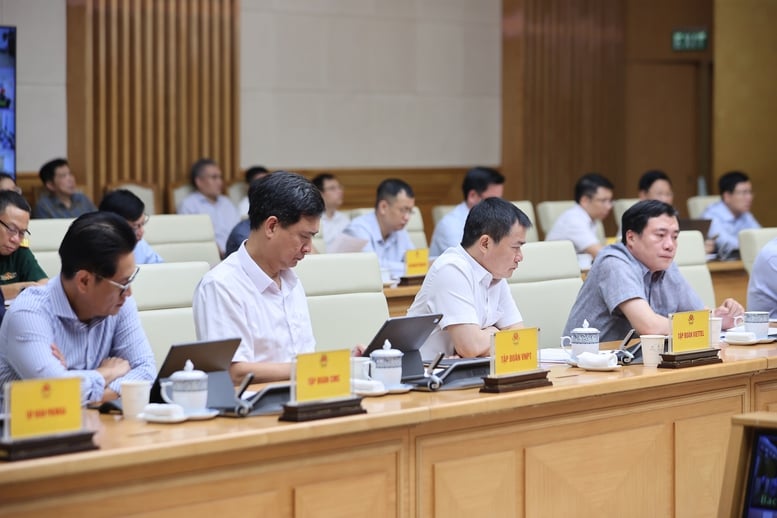
Delegates attending the session - Photo: Nhat Bac
Regarding the results achieved, reports and opinions at the conference assessed that the tasks outlined in the Government's and Prime Minister's Decisions and Conclusions on the development of the semiconductor industry have been implemented and completed by ministries, sectors, and localities according to schedule.
Up to now, 10/38 tasks under the Semiconductor Industry Development Strategy have been completed. 9/34 tasks under the Semiconductor Industry Human Resource Development Program have been completed. 8/37 tasks of ministries, branches and localities have been completed according to the Conclusion at the First Session of the Steering Committee.
Institutions, mechanisms and policies on the development of the semiconductor industry have been focused on completion, in accordance with development requirements. At the 9th session of the 15th National Assembly, the Government submitted to the National Assembly for consideration and approval of 03 laws and 02 related resolutions to promote the development of the semiconductor industry.
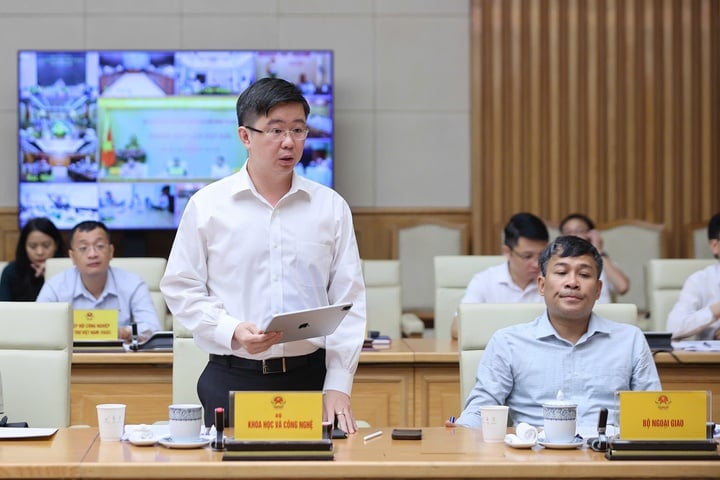
Deputy Minister of Science and Technology Bui Hoang Phuong reports at the session - Photo: Nhat Bac
The government has issued Decree No. 182/2024/ND-CP dated December 31, 2024, regulating the establishment, management, and use of the Investment Support Fund, which includes preferential policies for high-tech industrial enterprises in general and semiconductor industries in particular.
Human resources are being developed to ensure that by 2030 there will be at least 50,000 semiconductor engineers.
Regarding human resources working in the industry, about 7,000 engineers are working at chip design enterprises; about 6,000 engineers and 10,000 technicians are working at chip packaging, testing and semiconductor material and equipment manufacturing enterprises; the Semiconductor Industry Innovation Network gathers more than 100 Vietnamese experts around the world.
Regarding training and human resource development, the Standard for Semiconductor Training Programs has been issued, 166 higher education institutions have semiconductor training majors; there are over 6,300 university students studying the semiconductor major and over 12,000 university students studying related majors; nearly 20 educational institutions have a 3-House linkage model (state - school - enterprise) in semiconductor training.
Regarding infrastructure development, CT Group has started to expand its chip factory owned and operated by Vietnamese people, aiming to produce 100 million chips/year by 2027. R&D ecosystems and international standard cleanroom systems are being built and expanded in major cities, such as SHTP Labs in Ho Chi Minh City High-Tech Park (investment capital of VND300 billion), and the laboratory at Hanoi National University (USD5 million).
Regarding attracting FDI and developing domestic businesses, Vietnam currently has approximately 170 FDI projects in the semiconductor and high-tech sectors, with a total registered capital of nearly US$11.6 billion, including large-scale projects such as Intel (US$4.1 billion), Amkor (US$1.6 billion), and Hana Micron (US$673 million).
In the field of chip design, there are nearly 50 foreign corporations (USA, Japan, Korea...) and more than 10 domestic enterprises (Viettel, FPT, CMC...). In the field of packaging and testing, there are 14 foreign enterprises and 01 domestic enterprise. In the field of supporting the semiconductor industry, there are 15 foreign enterprises.
Regarding international cooperation, Vietnam was selected as one of about 10 countries and economies to cooperate with the Global Semiconductor Association to organize the world's largest semiconductor event series (SEMICON). Domestic training institutions have proactively expanded cooperation with foreign training institutions to promote the effectiveness of research, training, and enhance exchange and learning.
In addition, the development of the semiconductor sector still faces difficulties and challenges such as the huge demand for investment capital for the semiconductor sector (average 10-20 billion USD/project), special incentive mechanisms and policies to support investment and encourage all organizations and individuals to participate in this sector have just been issued and need time to be effective.
Infrastructure for research and development, training, incubation, as well as production and business operations, is still limited. Human resources, especially high-quality human resources for the semiconductor industry, do not meet the requirements.
Vietnam cannot stand aside in the race to master the semiconductor industry.
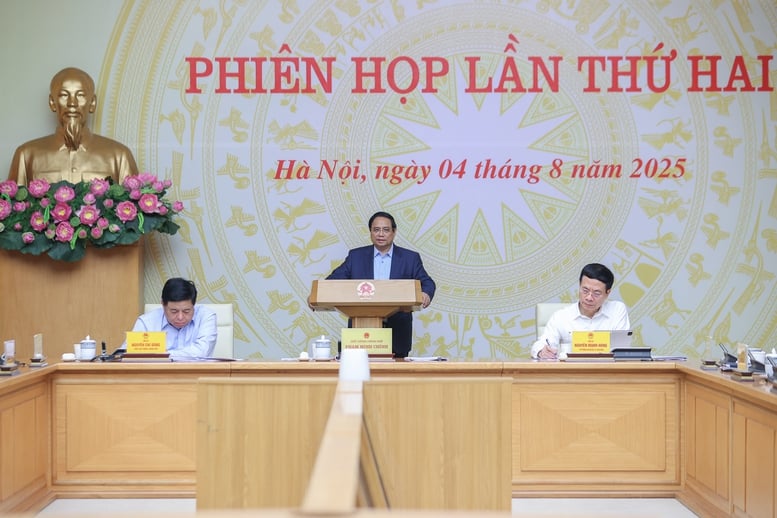
Prime Minister Pham Minh Chinh delivers concluding remarks at the meeting - Photo: Nhat Bac
In his concluding remarks, Prime Minister Pham Minh Chinh highly appreciated the reports and opinions and assigned the Government Office to take the lead, in coordination with the Ministry of Science and Technology and the Ministry of Finance, to fully incorporate the opinions and promptly finalize and issue the Notice of Conclusion of the meeting to ensure unified implementation, with clear responsibilities, tasks, timelines, expected outcomes, and authority.
Emphasizing the role of the semiconductor industry, the Prime Minister affirmed that this is an important field and link in the 4th industrial revolution, especially the development of artificial intelligence. This is a field with a fast development speed; the race to master this technology is very strong and Vietnam cannot stand aside if it wants to build an independent, self-reliant economy associated with proactive, active international integration, deep, substantial and effective.
The Prime Minister outlined eight highlights of the development of the semiconductor sector in recent times: Increased awareness; renewed thinking; more decisive action; improved institutions; positive results, especially in human resource training and infrastructure development; expanded cooperation; important partners and businesses are interested; institutes, schools, and localities are actively involved.
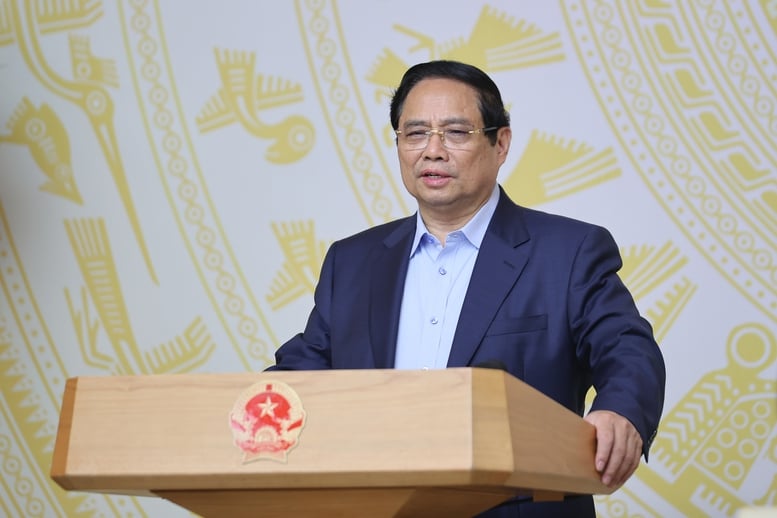
The Prime Minister acknowledged, commended, and highly appreciated the involvement and efforts of ministries, localities, training institutions, and businesses in developing Vietnam's semiconductor industry - Photo: Nhat Bac
On behalf of the Government and the Steering Committee, the Prime Minister acknowledged, commended and highly appreciated the participation and efforts of ministries, branches, localities, training institutions and enterprises in developing Vietnam's semiconductor industry, contributing to creating new growth momentum for the economy, creating breakthroughs in science, technology, innovation and national digital transformation.
Besides the achievements, the Prime Minister pointed out the limitations and shortcomings that need to be addressed: mobilizing resources, especially capital, remains difficult; institutional obstacles persist; progress in various tasks is slow; breakthroughs are not strong enough; cooperation among the "three stakeholders" (farmers, scientists, businesses, government, and scientists) is still weak; and technology transfer is not yet significant.
Regarding future development directions, the Prime Minister emphasized the goal of designing, manufacturing, and testing several essential semiconductor chips by 2027 at the latest.
Clearly outlining nine key tasks and solutions, which also serve as important guiding principles, the Prime Minister affirmed that we must progress from low to high, from small to large, from simple to complex, but we must accelerate, break through, make breakthroughs, catch up, keep pace, and surpass others.
Secondly, all ministries, sectors, localities, agencies, and enterprises, based on their functions, tasks, and powers, must closely follow and implement the resolutions, strategies, decisions, and directives of the Party, the National Assembly, the Government, and the Prime Minister on the development of the semiconductor industry and the training of semiconductor human resources.
"To develop the semiconductor industry, the whole country must be like an army; marching towards the goal must be swift and bold; fighting battles must be strong, fast, and decisive; and the results must be sustainable and long-lasting," the Prime Minister emphasized.
Fourth, develop a comprehensive, synchronous, substantial and effective semiconductor ecosystem.
Fifth, perfect mechanisms and policies, especially preferential mechanisms and policies, and remove bottlenecks in infrastructure, institutions, and human resources with the spirit of a transparent institutional framework, smooth infrastructure, and intelligent human and organizational implementation.
Sixth, change the status of incentive policies from investment attraction to technology transfer.
Seventh, close and effective coordination between the State, enterprises and schools, between development creation, research and production.
Eighth, develop equality between the public and private sectors, build a public-private partnership mechanism, and further expand international cooperation.
Ninth, develop a competitive, healthy, equitable, and market-compliant semiconductor chip market.
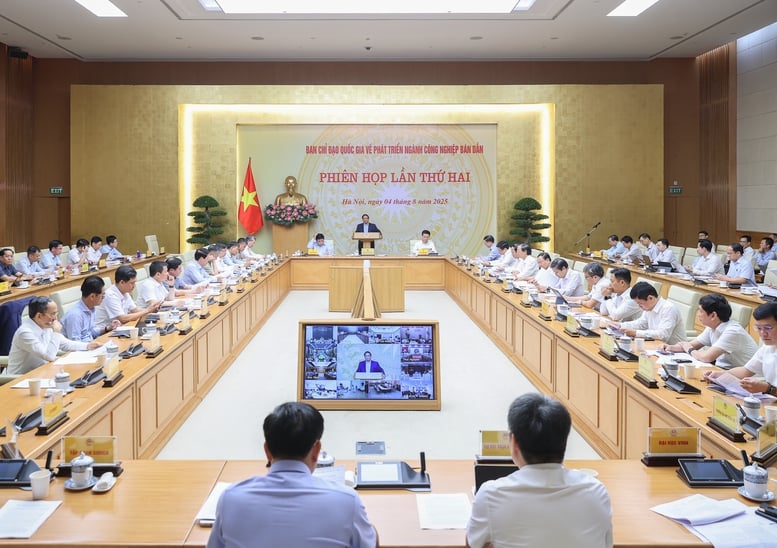
The Prime Minister emphasized the goal of designing, manufacturing, and testing several essential semiconductor chips by 2027 at the latest. - Photo: Nhat Bac
Regarding specific tasks, the Prime Minister stated that the Steering Committee should closely adhere to its assigned duties, strengthen supervision, inspection, and urging; and consolidate the Steering Committee to ensure its suitability and effectiveness.
The Prime Minister requested the Ministry of Finance to review and urge ministries, sectors, and agencies to promptly implement the tasks and solutions outlined in the Program for the Development of Human Resources in Vietnam's Semiconductor Industry until 2030, with a vision to 2050.
The Ministry of Science and Technology is reviewing and urging ministries, sectors, and agencies to promptly implement tasks and solutions to ensure they closely adhere to the objectives set out in the Strategy for the Development of Vietnam's Semiconductor Industry until 2030 and with a vision to 2050.
Relevant ministries and agencies will continue to focus on promoting foreign investment in the semiconductor sector, prioritizing projects with advanced technology, new technology, high technology, clean technology, modern management, high added value, spillover effects, and connections to global production and supply chains.
In 2025, the Prime Minister will issue a Decision on credit for students, including undergraduates, master's students, and doctoral candidates studying science, technology, engineering, and mathematics.../.
Source: https://mst.gov.vn/tang-toc-but-pha-de-phat-trien-nganh-cong-nghiep-ban-dan-197250804151001742.htm








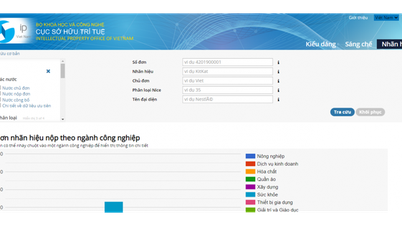
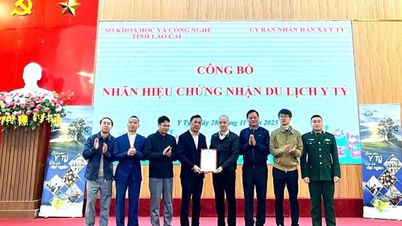




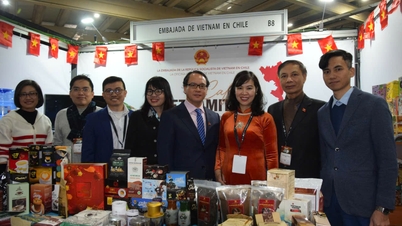





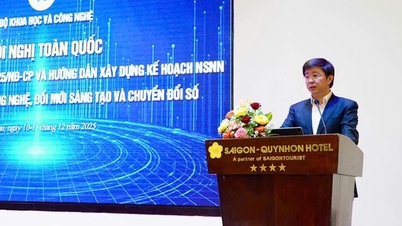
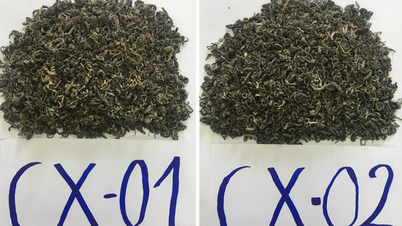

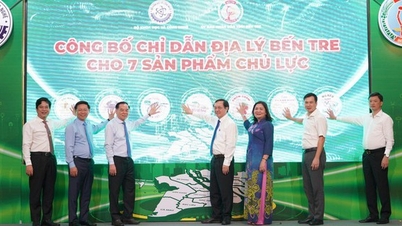

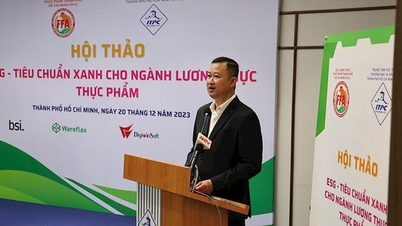





![[Video] The craft of making Dong Ho folk paintings has been inscribed by UNESCO on the List of Crafts in Need of Urgent Safeguarding.](https://vphoto.vietnam.vn/thumb/402x226/vietnam/resource/IMAGE/2025/12/10/1765350246533_tranh-dong-ho-734-jpg.webp)












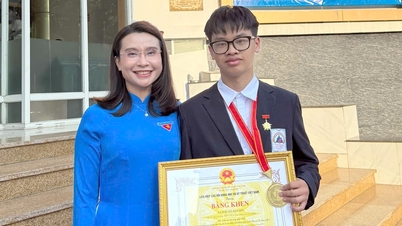




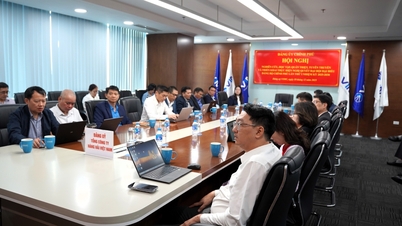


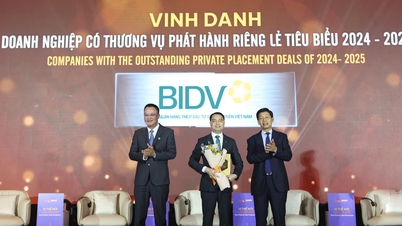
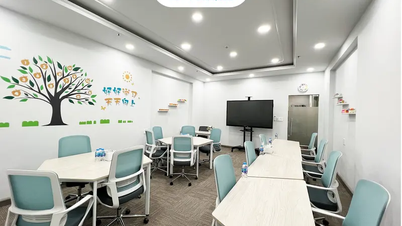














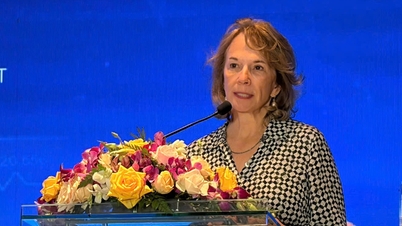
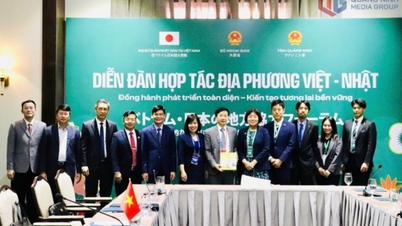

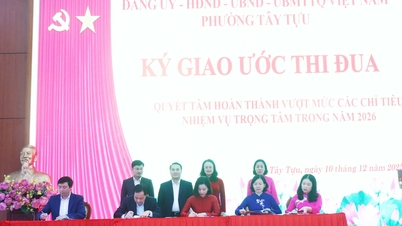
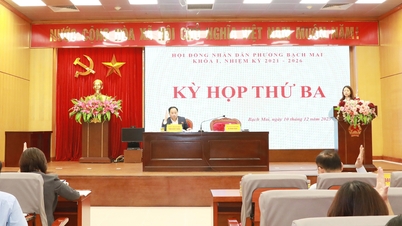
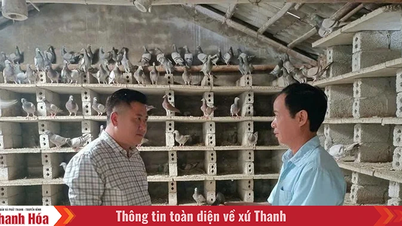



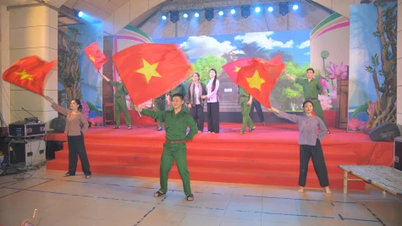



















Comment (0)